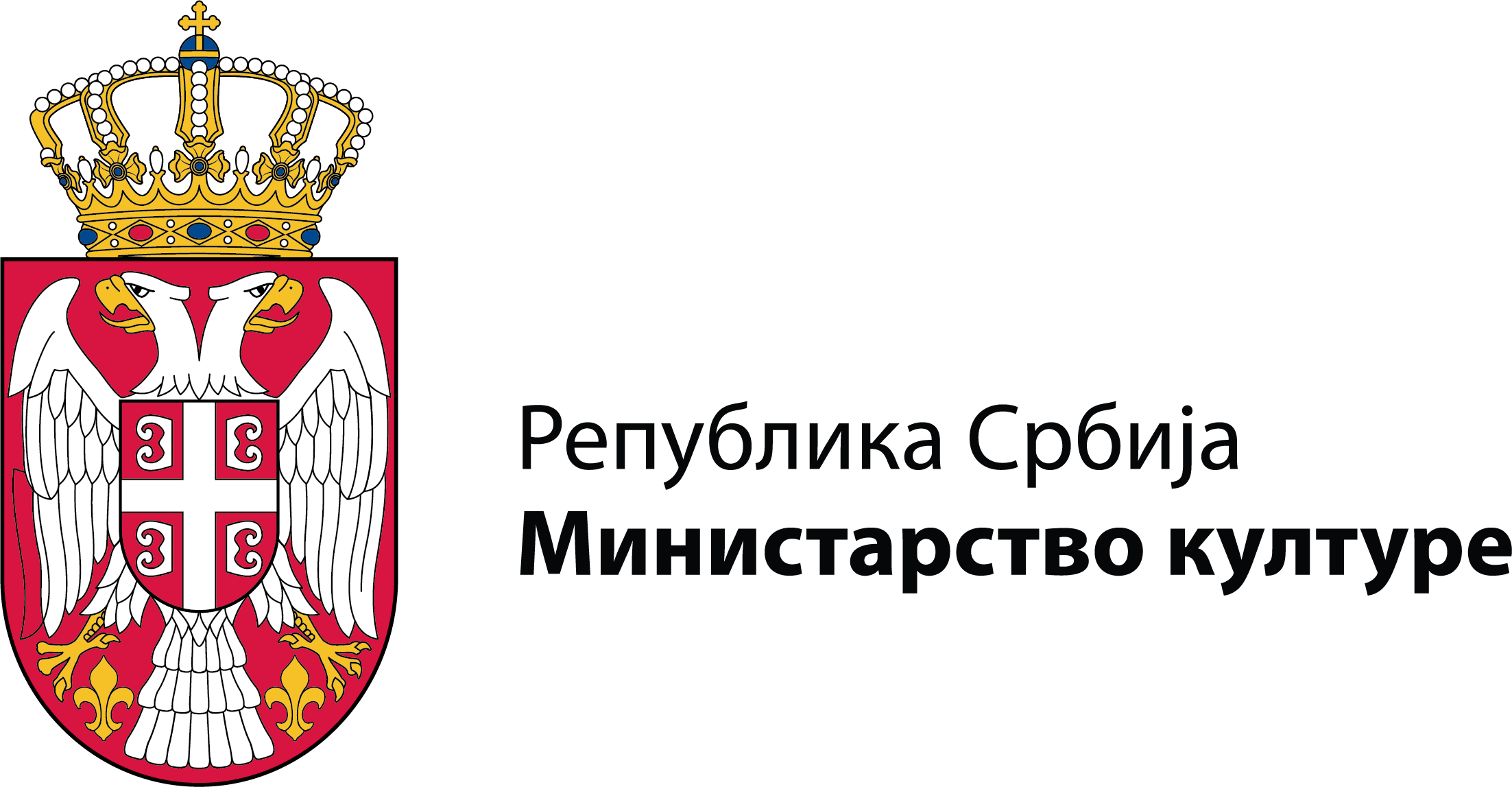Folk costumes from North Macedonia represent a huge wealth in terms of the number of objects and their shapes, the variety of decorations and the numerous jewelry that was used on festive occasions.
One of the main characteristics of these costumes is the preservation of many old elements in the clothing. The common features of this costume are the white color of the linen and cloth robes, their cut, the way they are decorated with distinct embroidered ornaments, woolen decorations in the form of tassels, fringes, and the use of wires and cords. The preservation of archaic elements is visible in the shapes and names of individual parts of clothing.
Special attention in the collection of the Ethnographic Museum is given to the north-western areas, on the border with Kosovo and Metohija, which were densely populated by the Serbian population until the period between the two world wars. The oldest and most richly decorated items of clothing, shirts and women's headdresses - sokaj - originate from that area.
The collection has 1317 items.
The curator in charge of the collection is Jelena Tucaković, curator: jelena.tucakovic@etnografskimuzej.rs
Special attention in the collection of the Ethnographic Museum is given to the north-western areas, on the border with Kosovo and Metohija, which were densely populated by the Serbian population until the period between the two world wars. The oldest and most richly decorated items of clothing, shirts and women's headdresses - sokaj - originate from that area.
The collection has 1317 items.
The curator in charge of the collection is Jelena Tucaković, curator: jelena.tucakovic@etnografskimuzej.rs

